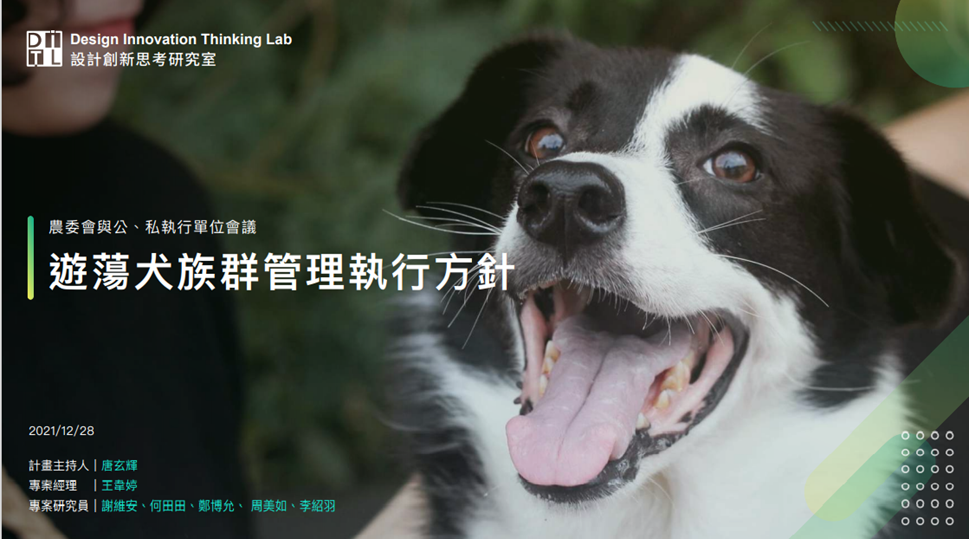
Only a few countries in the world, such as Germany and Switzerland, do not have stray dogs, and neutering is widely recognized as the best solution to manage their number. Although the Ministry of Agriculture has been allocating funds for neutering programmes every year, the number of stray dogs in 2020 still stands at 155,869, with an increase of nearly 10,000 in two years. In light of this, the Ministry of Agriculture is determined to implement a more effective plan to reduce the number of stray dogs each year.
According to surveys, most stray dogs in Taiwan are abandoned pets. This explains why Article 22, Section 3 of the Animal Protection Act was added in 2015, stipulating that “owners should neuter their pets”. Unfortunately, like the pet registration scheme, the mandatory neuter law has not been strictly enforced, resulting in the number of stray dogs increasing rather than decreasing, even though the government has been subsidizing the neutering of pet dogs and stray dogs.
The Ministry of Agriculture commissioned a team from the Department of Design at the Taiwan University of Science and Technology (NTUST) to study the two major animal protection organizations that promote the neutering of stray dogs, and to record and analyse their processes and compile a standard operating procedure for neuter programmes.

The research conducted by NTUST concluded that neutering can be divided into three phases: the resource cultivation phase, the high-intensity enforcement phase and the stable maintenance phase.
According to the theory of high intensity neutering, the neutering rate of dogs in each region must be at least 80% to effectively stop the source of stray dogs.
In addition to systematic neutering by professional teams, the power of the individual should not be overlooked. Taiwan Heart sees this potential and has launched a programme for anyone who is willing to catch a stray dog or cat and send it to an animal hospital for neutering, and as long as it is confirmed to be an abandoned dog or cat, the association will provide the full cost of neutering.
